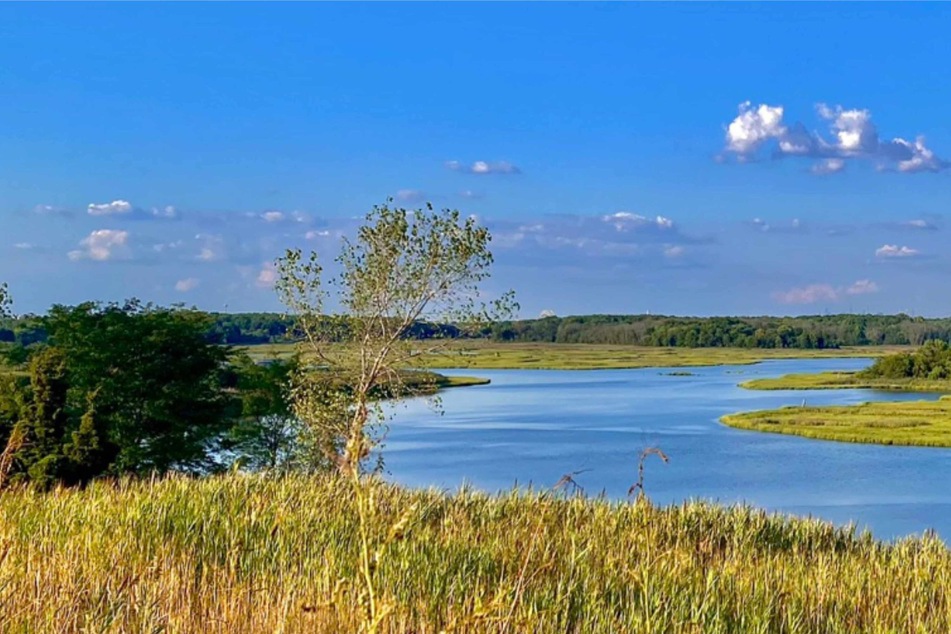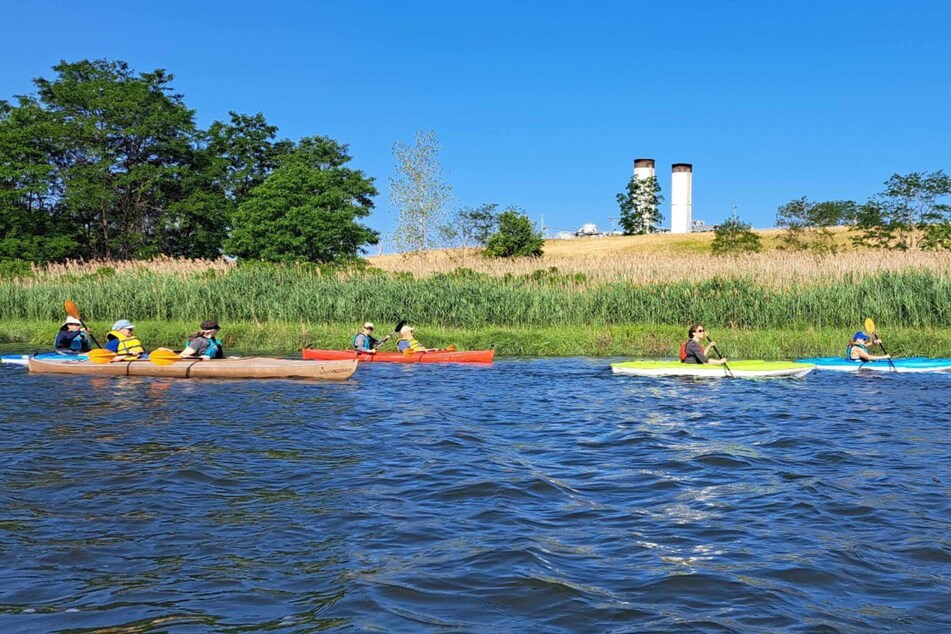New York City sees the world's largest dump become a Staten Island park
Staten Island, New York – Staten Island used to be home to the world's largest landfill, with mountains of waste towering higher than the nearby Statue of Liberty. Now the site is slowly being transformed into a New York public park that officials hope will one day rival Central Park.

The park and one-time landfill site still is not particularly inviting - but it is restoring habitats to help people and wildlife alike in New York City.
So far, Freshkills Park is barely ready for visitors, with few signposts dotted about. And it is a long trek from Manhattan by public transportation.
The route by car is not much easier, with drivers having to navigate their way to a turn-off between a highway, warehouse, and hotel in Staten Island before reaching a large rust-colored pillar that says "Freshkills Park."
So unsurprisingly, the site saw relatively few visitors last year. Though if you ask Sue Donoghue, head of the New York Parks and Recreation Department, that is set to change.
"This transformational project will serve as a model for land reuse projects around the world and a shining example of how restoring habitats can benefit wildlife in urban areas," she said.
What is Freshkills Park in Staten Island?

The park shows the rebirth of a place is possible after such negative connotations in the past, Donoghue said, welcoming the fact that Freshkills is now the exact opposite from what it once was.
At times, the park, in the center of Staten Island, was the largest garbage dump in the world, according to Donoghue's office.
Once a saltwater swamp where children swam in summer, it was converted into a landfill site in 1948. By 2001, it was home to around 150 million tons of waste, brought mainly by ship from households in the New York metropolitan area. The trash gradually piled up into towering mountains, some taller than the Statue of Liberty, not far away on another island in New York harbor.
With the trash came a stench, traffic, and a bad reputation for Staten Island, still often seen as the "fifth and forgotten borough of New York." The whole island is one big trash site, residents of other neighborhoods often said.
Officials managed to shut the landfill in 2001, following pleas by activists for decades, and that is when hopes began to transform the site into a public park.
Two decades later, the first section has now opened to visitors. "What was once an eyesore is now becoming a world-class park," said Mayor Eric Adams at the opening ceremony.
Initially, the first section, called the North Mound seems like any other park, with meadows, trees, a lake, a lookout for birdwatchers, benches and around pathways for walkers and cyclists. Deer, heron, and turtles roam around here too, according to a brochure.
You can really only see the extent of changes by looking at photos taken beforehand, showing piles of garbage lying around. Above, seagulls and other birds circle and swoop, searching for food.
It took decades of work by specialists who sealed the stacks of trash and colonized some of them with plants to wholly alter the landscape. They even managed to chase away the smell of rubbish.
But the North Mound is just the beginning, making up about 1% of the total area that the Freshkills Park will one day occupy. Eventually, the area is to span some three times the size of Manhattan's Central Park.
Much work remains to be done, but there is time before the entire park is set to open in 2036.
Plenty of visitors were already wowed by the first open section. "It's a great park for cycling," says one man. "I can't believe this used to be the biggest dump in the world."
Cover photo: Screenshot/X/@freshkillspark